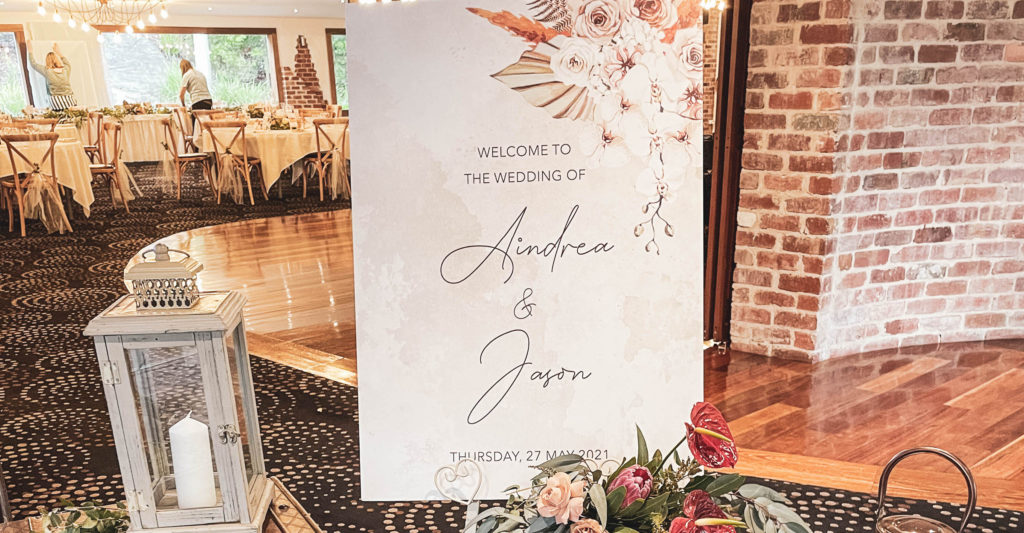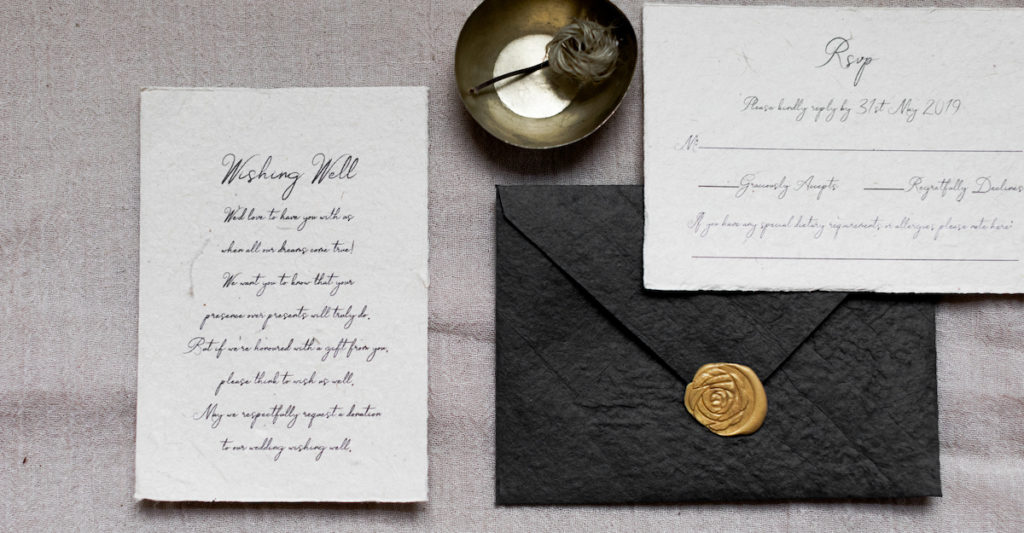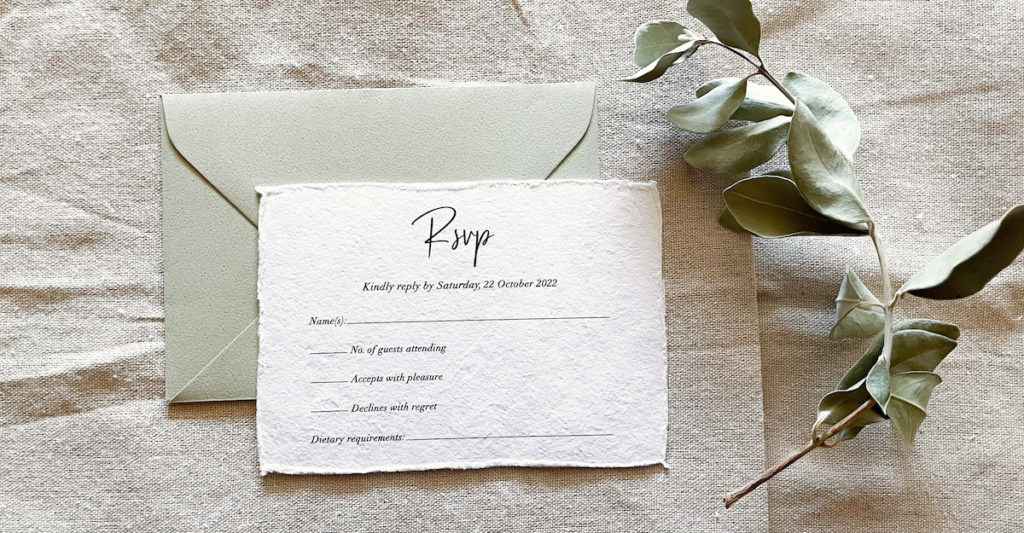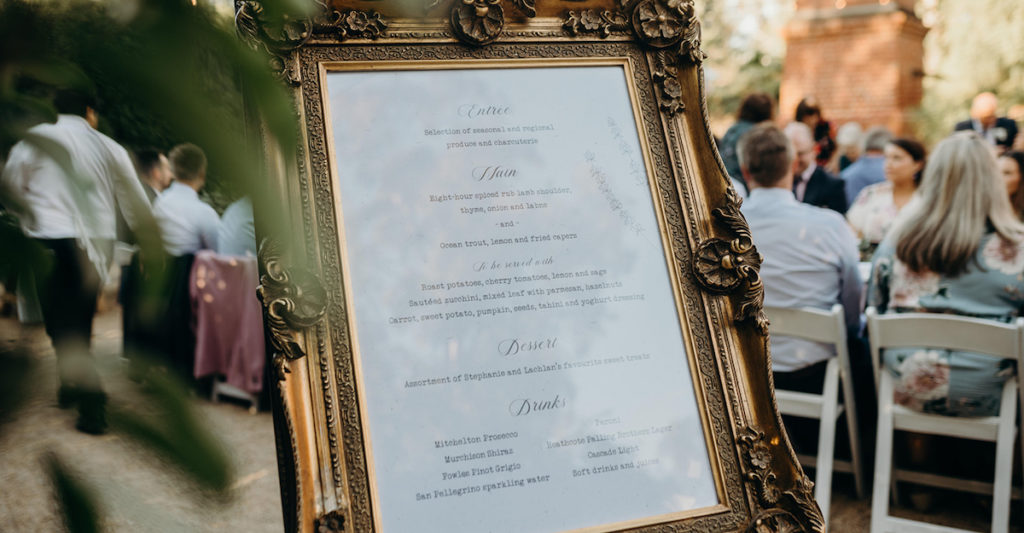This article was last updated on 15/11/2025.
In our experience designing wedding stationery, one of the most common questions we get from couples is: “Do we really need a seating chart?” And honestly? If you’re assigning seats — absolutely yes. It saves confusion, awkward shuffling, and your poor nan from traversing the room to find her seat.
Even if you’re going for a more casual vibe, we’d still recommend considering having assigned seating. Why? Because without it, things can quickly descend into reception-room chaos. (Or so we’ve heard from our wedding planner friends. Hint: It’s not cute.)
In this article, we’ll go through 6 practical reasons why a seating chart is 100% necessary at a wedding.
1. It Prevents That Awkward Musical Chairs Moment
Although having no assigned seating may seem like the “more freedom” option, the reality is not everyone will know each other at a wedding (unless it’s a very tight-knit group). Even then, if your table layout only allows 10 guests per table, that means the 11th person in the group will have to find their own spot at another table.
Then there are those work friends from two jobs ago who don’t know anyone else — it can be a daunting experience for them to figure out where to sit. These scenarios are the opposite of making guests feel relaxed and free.
Mingling usually happens after dinner anyway, so if you’re having a seated reception, it’s best to assign seats so people can enjoy their meal without having to hunt for one like it’s the Hunger Games.

2. It Keeps Families (and the Buffet Line) from Falling Apart
Ever heard the phrase “Fail to plan, plan to fail”? It rings especially true at big weddings. No seating chart means no structure — and no structure means chaos. Imagine Grandma hoarding chairs for people who never show up, couples split across the room, plus-ones quietly panicking because they don’t know a soul, and kids setting up imaginary forts next to the open bar. Hectic.
3. It Makes Guests Feel Considered and Included
While an invitation lets someone know they’re welcome, seeing their name on a seating chart sends a different kind of message: we thought about you. It shows they weren’t an afterthought — they have a place, and they belong at this wedding. For guests who might not know many others, it’s a quiet reassurance that you’ve made an effort to seat them near people they’ll feel comfortable with.

4. It Helps You Strategically Avoid Drama
Do Aunt Carol and Cousin Steve still not talk after that family reunion in 2009? Perfect. Keep them on opposite ends of the room. Seating charts let you play emotional chess—keeping the peace without the drama.
It also makes sure your 80-year-old Uncle Trevor isn’t seated next to the DJ’s subwoofer, or that guests with mobility needs aren’t exiled to the furthest corner because they couldn’t get a closer seat. It’s smart, subtle, and a whole lot less stressful on the day.
5. Seating Charts Answer Questions Before They’re Even Asked
Not only is a seating chart a nice visual piece at the entrance of your venue, it can also answer some questions your guests may have, such as:
“Is this where the reception is?”
“Are the tables reserved?”
“Is there a particular order?”
“Where is the wedding party sitting?”
Without one, guests are left awkwardly hovering, unsure if they’ve accidentally plonked themselves at the wrong table. A seating chart eliminates the guesswork so everyone can sit down, relax, and get on with the real task at hand: eating, drinking, and celebrating your marriage.
6. Your Caterers and Venues Will Love You
Seating charts aren’t just for your guests — they’re a lifeline for your vendors too. Caterers know exactly where to serve meals (especially handy for dietaries), venues can organise service flow without guesswork, and your event coordinator breathes a little easier.
Even if you’re doing a buffet, assigned tables help keep things civil. Instead of 100 guests beelining at once like it’s the Boxing Day sales, you can organise food collection table-by-table. And perhaps most importantly — it prevents your entire extended family from piling onto one table like it’s a family reunion, leaving the others with two confused plus-ones and a distant cousin named Barry.

Conclusion
Unless you’re eloping or your guest list can fit around one dinner table, make a seating chart (and don’t forget the place cards!). It shows you care, keeps things running smoothly, and prevents your reception from turning into Noah’s Ark.
Your seating chart doesn’t need to be complicated or flashy. Start with one of our editable wedding seating chart templates and let your guests walk in with confidence. Your future self (and your caterer) will thank you.






